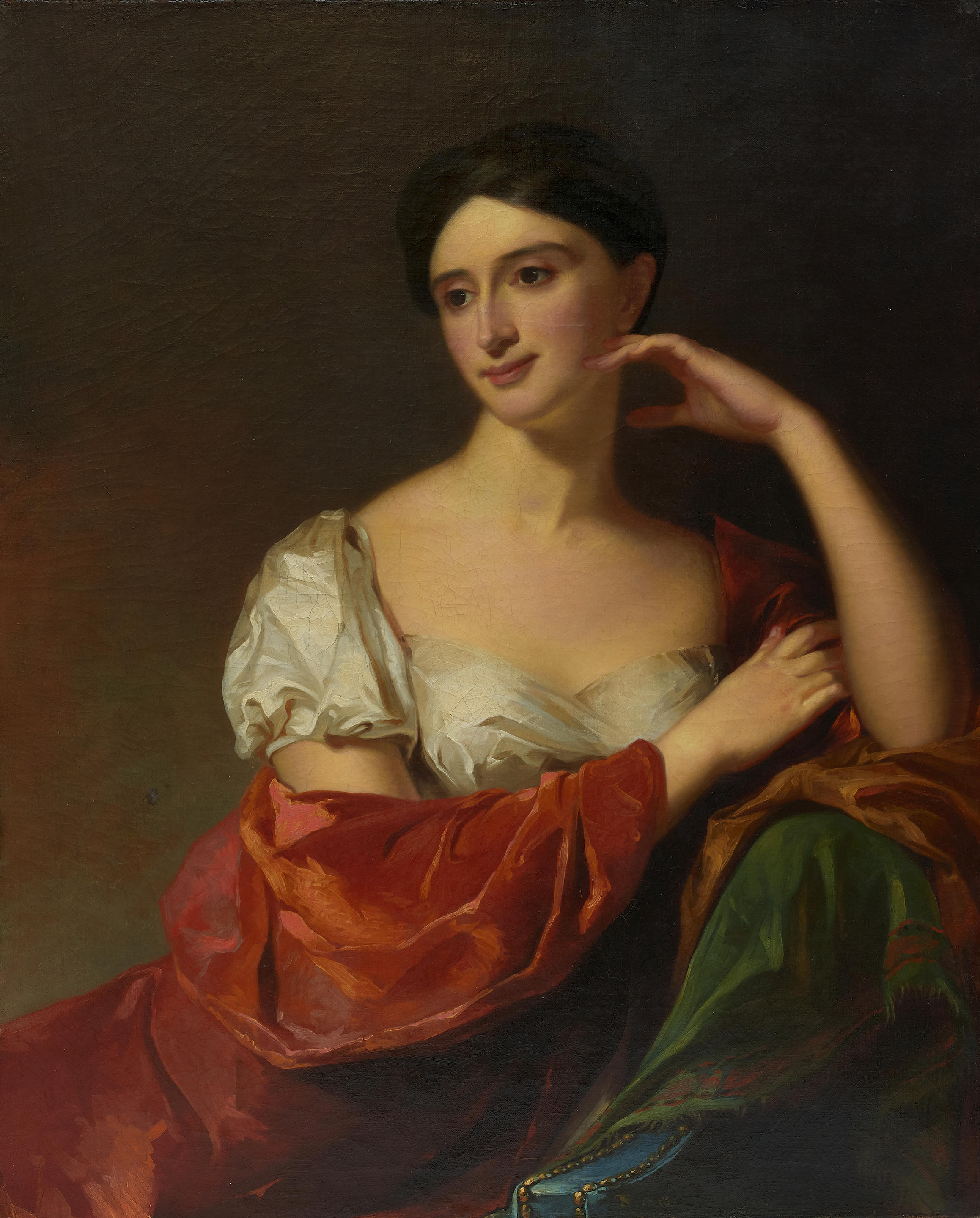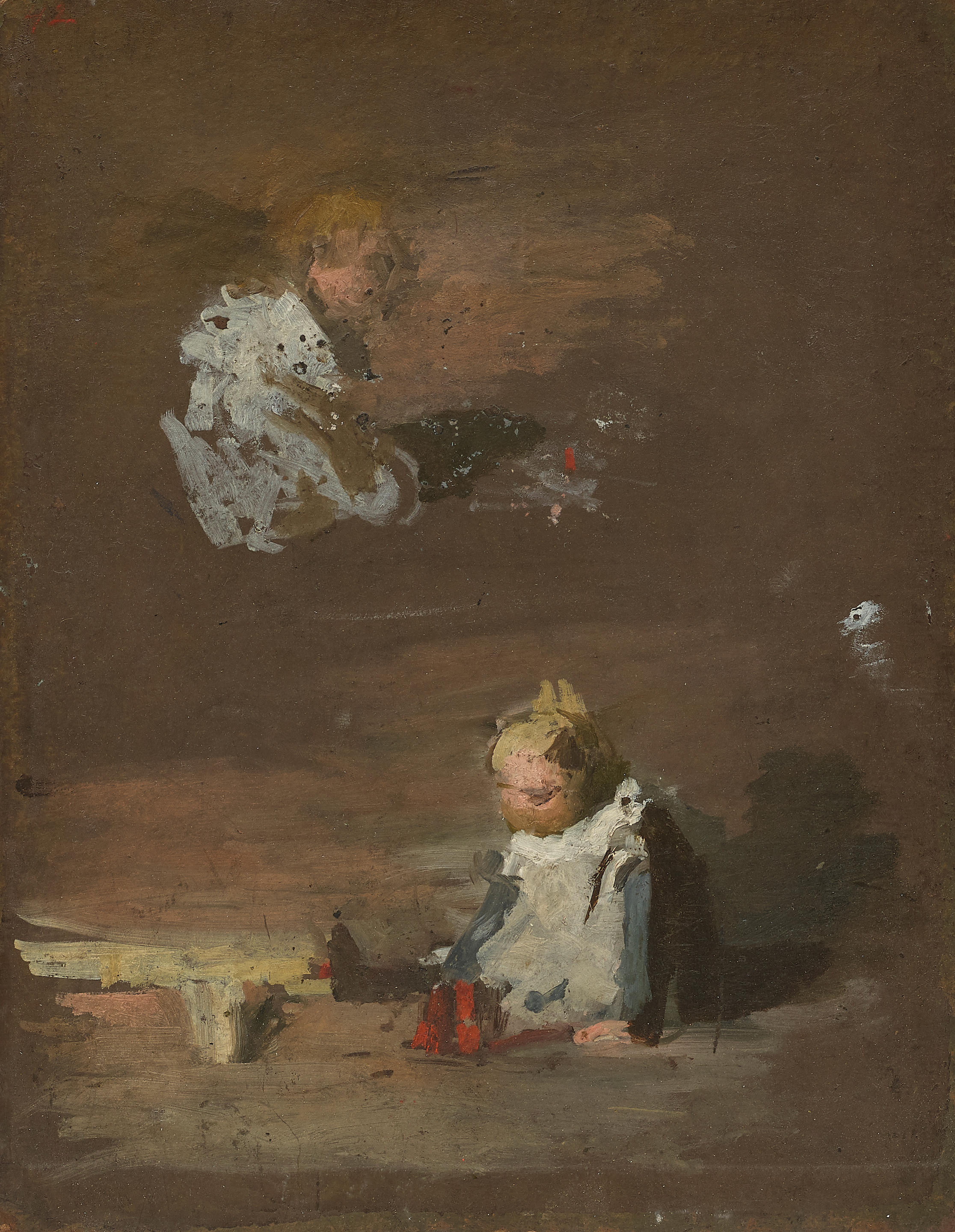It is hard to comprehend how rich the heirs of the great fortunes were in the early years of the 20th century, an era that became known as 'the Gilded Age'. In the 19th century, the Dukes' entrepreneurial spirit had seen them for one particular year earning the equivalent of more than 1% of the GDP of the entire United States. Scions of a family of grand American philanthropists, Mary Lillian (1887-1960) and Angier Duke (1884-1923) would spend their time at fabulous hotels like The Breakers in Palm Beach, Florida, when not at one of the family estates. What else were rich young things to do?
For most people, it is difficult to imagine, say, walking on a whim into Cartier on New York City's Fifth Avenue and purchasing $123,840 worth of precious jewels, including a "diamond choker composed of round diamond links and three oval motifs at intervals, each motif having a large round diamond in center" ($18,500) and a "fancy shaped diamond pendant and chain" ($38,500). Yet this is precisely what Mary Lillian Duke Biddle was able to do on 17 November 1931. On that single day, in the early years of the American Great Depression, she spent the equivalent of $1,932,465.51 in today's money, and she would return to Cartier to add further items each day that week.

Above: Thomas Sully (1783-1872) Sarah Coxe, 1813. oil on canvas. Estimate: $7,000 - 10,000 (£5,000 - 8,000)
So it may come as a surprise that, like the patricians of old rather than the air-headed socialites that typified their own social set, Mary Lillian and Angier were great patrons of the arts. Mary Lillian was a devotee of the opera and theatre. She and Angier both sat for portraits by Joaquín Sorolla y Bastida, and the siblings mixed in the same glittering circles as John Singer Sargent, Joseph Urban and Florenz Ziegfeld Jr.
The Dukes were a family of extraordinary wealth – and exceptional generosity. Mary Lillian established a charitable organisation in her own name: since 1956, the Mary Duke Biddle Foundation has disbursed approaching $45 million to worthy causes. And their informed commitment to fine art continued into the next generation. Mary Duke Biddle Trent Semans, Mary Lillian's daughter, purchased a portrait of Mrs John Canfield Tomlinson by Sargent on sight at a "decorator's showcase on 63rd Street" in 1961 – perhaps it reminded Semans of her childhood and her mother's milieu. This evocative work is (along with works by John Koch, Thomas Sully and Thomas Eakins) among the many treasures from the Mary Duke Biddle Trent Semans Foundation offered at Bonhams American Art sale in May, in addition to works in Old Master Paintings in April, and Fine European Ceramics in July.

Above: Thomas Eakins (1844-1916). Baby Girl Playing and Seated Boy with Book: A Double-Sided Work, 1876. Estimate: $15,000 - 25,000 (£12,000 - 20,000)
It all makes a fascinating contrast with the life of Mary Lillian and Angier's uncle, James Buchanan Duke, who was arguably the most consequential individual in the entire history of North Carolina. Along with his older brother Benjamin Newton Duke (Mary Lillian and Angier's father), James Buchanan created the modern cigarette
in the mid-1880s. Twenty-five years later, in 1911, their company – the American Tobacco Company, then one of the largest in the world – lost a monopoly lawsuit brought by Roosevelt's administration. Yet, in this defeat, the Dukes saw opportunity. They diversified their portfolio, damming the rivers of the Carolinas to create the region's first electric grid, in the process founding the Duke Power Company (now Duke Energy, and still the largest investor- owned utility in the US).

Above:Benjamin N. Duke, Mary's grandfather, acquired the 1009 Fifth Avenue mansion (across from The Metropolitan Museum of Art) in the early 1900s, and it remained in the Duke family for more than 100 years. John Singer Sargent's portrait, opposite, was hung in the drawing room.
Given men of this calibre, the philanthropy of the family comes as no surprise. These efforts were largely led by Ben Duke, but it was his brother, James B. Duke, who left the most significant philanthropic mark. In 1924, James created The Duke Endowment, one of the nation's largest private foundations, and thereby endowed Duke University. That endowment – with additional support from the family – has enabled the university to become one of the most prestigious in the world, while Duke University Hospital is globally recognised as a leading healthcare provider. Through programmes supporting education, healthcare, children's and family services, and the Methodist Church, The Duke Endowment has improved the lives of countless Carolinians.
Jack Pickering is a writer and biographer.
The fine art of living
Mary Duke Biddle Trent Semans (1920-2012; shown with her grandfather, Ben, and mother, Mary Lillian) accomplished an extraordinary amount. As a powerful member of The Duke University Board of Trustees and the first female chairman of The Duke Endowment, she helped guide these institutions to their current success. This part of the US was once characterised by racial segregation. Semans' accomplishment was fostering inclusivity in her university, city and state. It was more than just her responsibility, it was her passion. In the early 1950s, Mary was elected to the Durham City Council, then rose to become the city's mayor pro tem, both firsts for women.
For Mary, art was essential to life – telling stories, promoting a greater understanding of others, and bridging cultures and lifestyles. She was an accomplished piano player and maintained lifelong friendships with painter John Koch and composer Iain Hamilton. However, she had no truck with elitism: to encourage access to the fine arts, she helped found the North Carolina School of the Arts in the 1960s – the country's first public conservatory. She also created The Mary Duke Biddle Gallery for the Blind at the North Carolina Museum of Art, where sight-impaired visitors could experience a museum, feeling masterpieces by artists such as Rodin. In 1971, with her husband, she received the North Carolina Award, the state's highest civilian honour.